White Japanese Akita
This one is My favorite White akita male.
there was white akita meiyosho more than 20 years ago and this one has potiental to become one.
White Akita is hardest color out of all. wish I can see this male in person and also have one in U.S.A. Kaiju kennel's Mosura also is very good quality white and I'm expecting good quality white male from her later. ^^
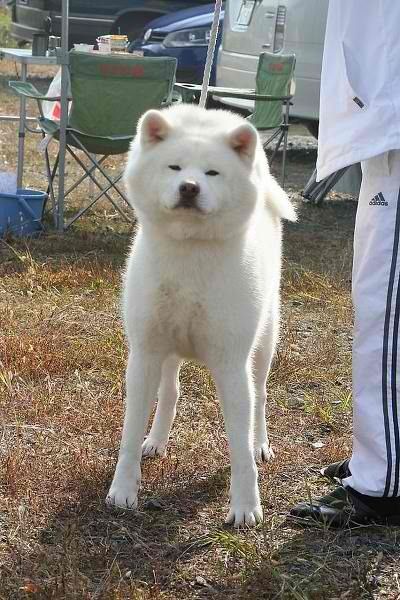
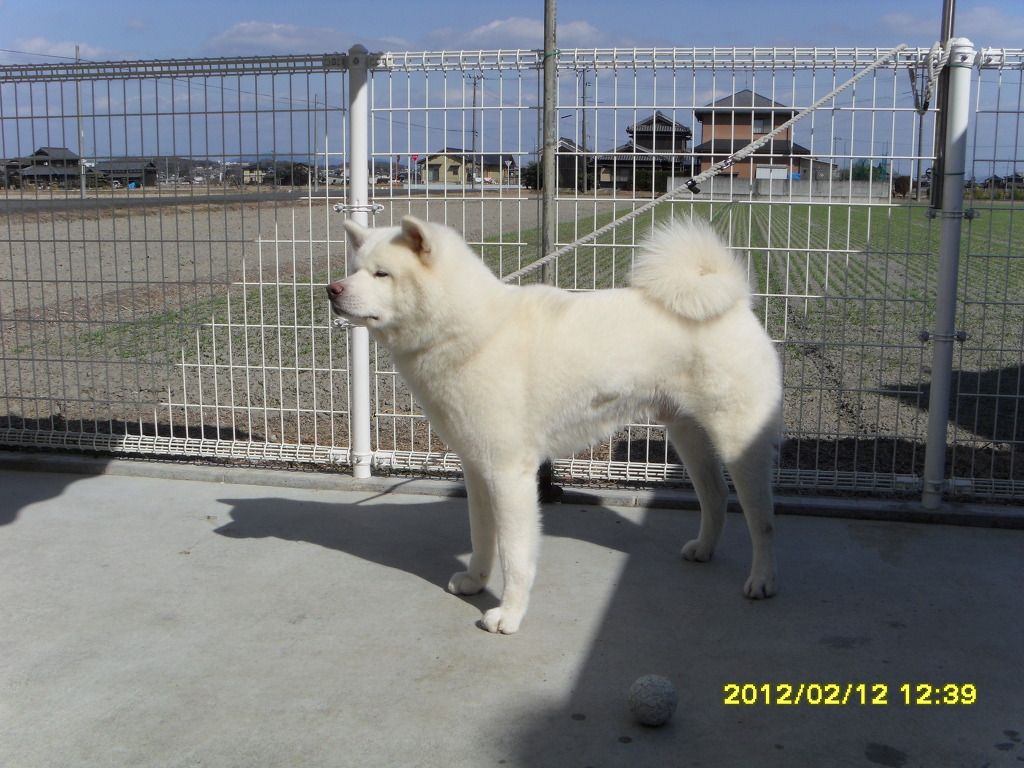
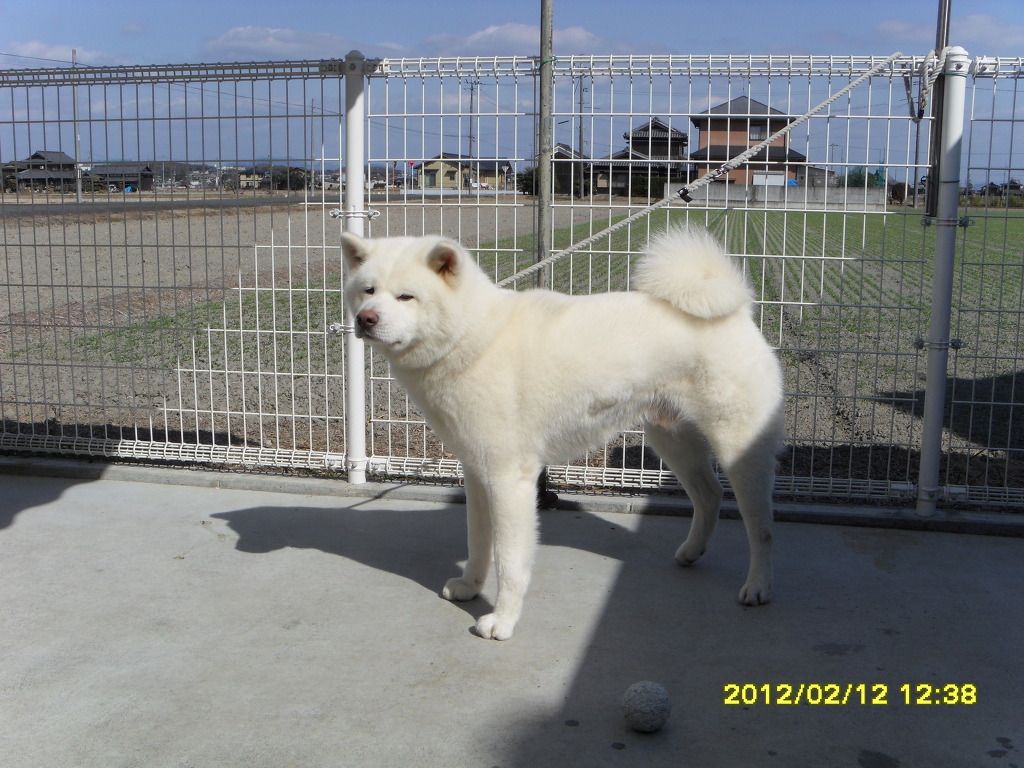
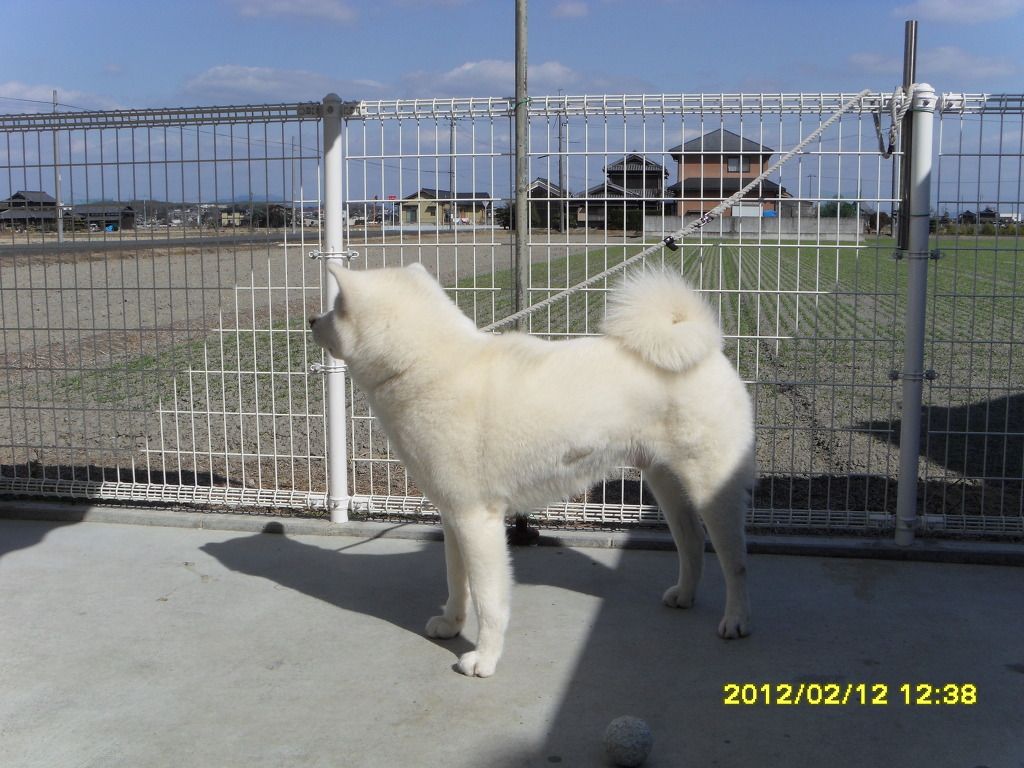
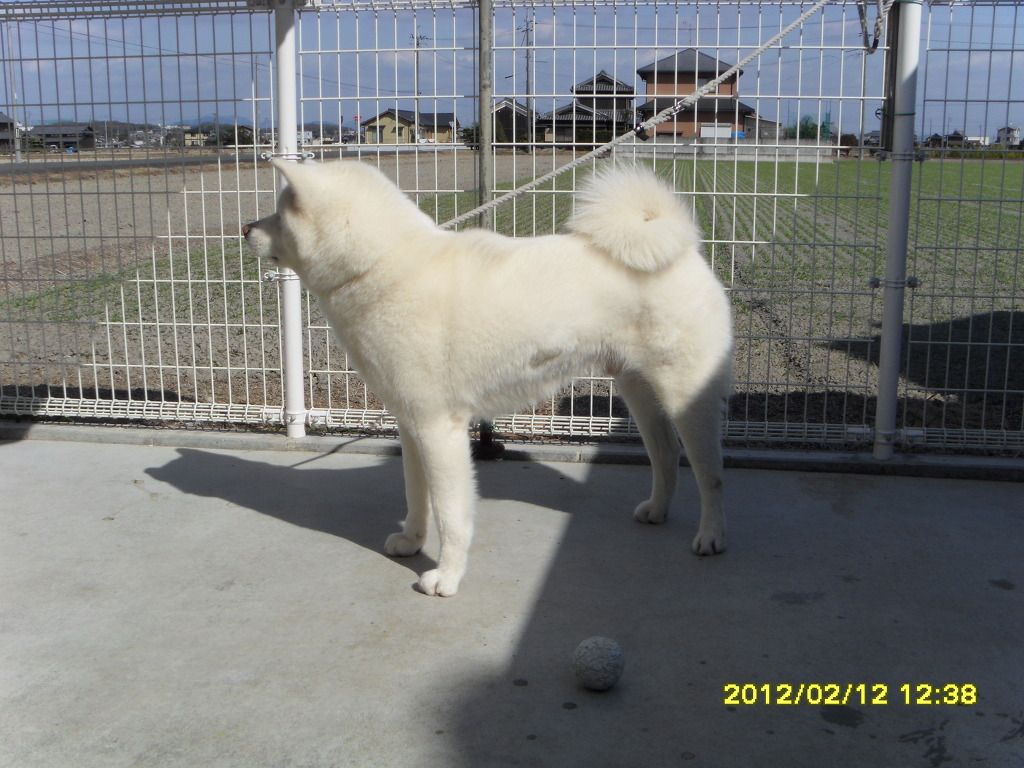
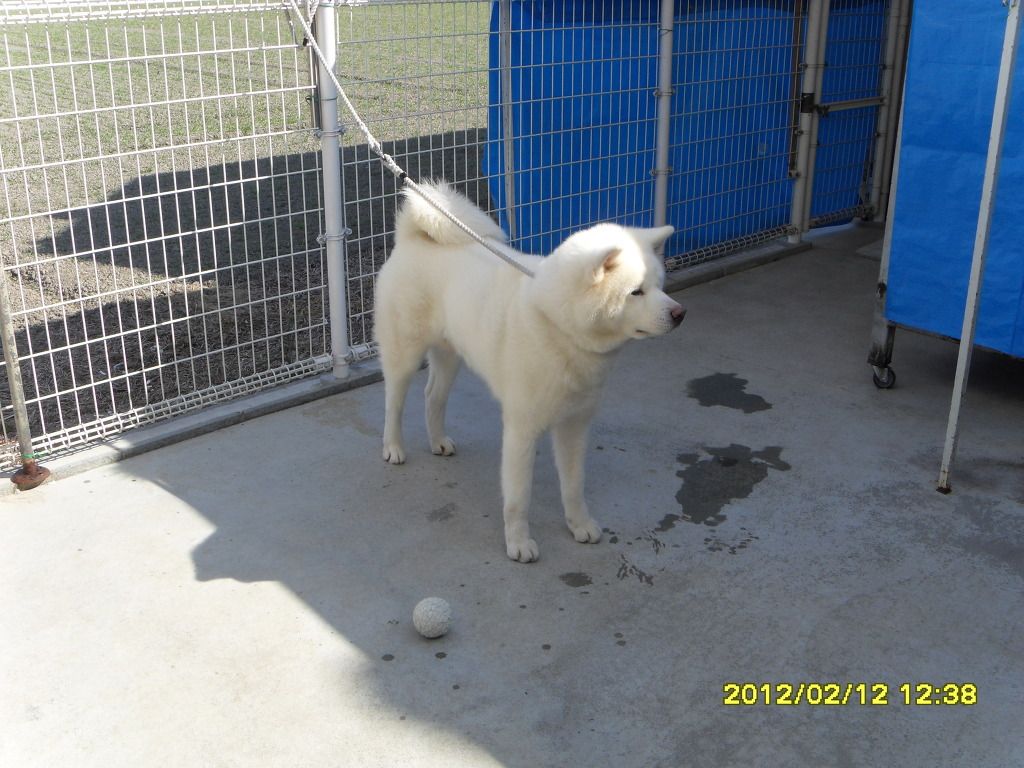
there was white akita meiyosho more than 20 years ago and this one has potiental to become one.
White Akita is hardest color out of all. wish I can see this male in person and also have one in U.S.A. Kaiju kennel's Mosura also is very good quality white and I'm expecting good quality white male from her later. ^^








Comments
Is he straighter in the rear than most JAs?
White color coat shows all fault or weakpoint easier than other color. also hard to keep them clean and pure white.
Red and brindle sometimes can hide their weakness or fault with colors. Must be more reason but that is I heard from some breeders. and this male has one of the best structure for sure and they supposed to have straight rear like this one.
The rear is very straight however. This is one of things about "preservation" that always gets me (preserving a defect).
Methinks the dog should be run around in the mountains to evaluate how structurally sound he is. He wouldn't be an efficient trotter on level ground according to mainstream conformation theory, but on a mountain terrain, I would like to see if straighter angulation gives an up-and-down bounce that helps a dog climb or not.
Anyway, he's a very handsome dog!
Gojira (red with urajiro) has a pale grey undercoat in all areas made white by urajiro - her face, chest, legs, and underside of her tail. She has dark charcoal grey undercoat where her fur is red. She is pure white in the areas where her irish spotting is, including a spot on her neck, tail, and her muzzle.
Ghidora (brindle) has dark grey undercoat everywhere the brindle pattern is. His black stripes are pretty dense, so even the area which would have urajiro on his face and cheeks has dark undercoat. However, the white on his snout, front of his chest, tail, and socks caused by irish spotting are pure white.
Of course, most of the places I listed as being white have little or no undercoat on both dogs cause they're at the extremities.
Zuma (toki's sister), on the other hand, as a white undercoat (or at least, really really light grey). I only remember noticing this on her hackles and back.
Thought that was neat
Linda could you rephrase this? Maybe I am having trouble grasping this.
This is another photo of this dog. may be the picture on top didn't show it correctly but here you go again.
I think this dog have perfect balance for AKITA. but Like I mention, I probably didn't explain it correctly.
It looks like he's much younger in the new pics, though?
The dog extends the leg, and while weight is on the leg, the hock joint can be pushed forward. Some people imagine it as similar to a human being double-jointed. Most others will refer to it as "slipped hocks" or "popping hocks".
Some people don't consider it a working fault, others do. In the Pat Hasting seminar that I attended, we saw a Alaskan Klee Kai that had the absolute worst hocks. You could actually see the hocks go out while the dog was moving. Most dogs with slipped hocks don't get it as bad.
In my itty bitty Akita circle, I've known one AA and one JA to have them. The AA had a tendency to self-stack with chest out, leaning forward while stretching out his back legs. I don't see show AA take this position as much, but I do see Japanese dogs stacked in this way. It accentuates the straightness of the back legs quite a bit. I don't think all dogs are that straight in their normal positions though.
other picture was at the show.